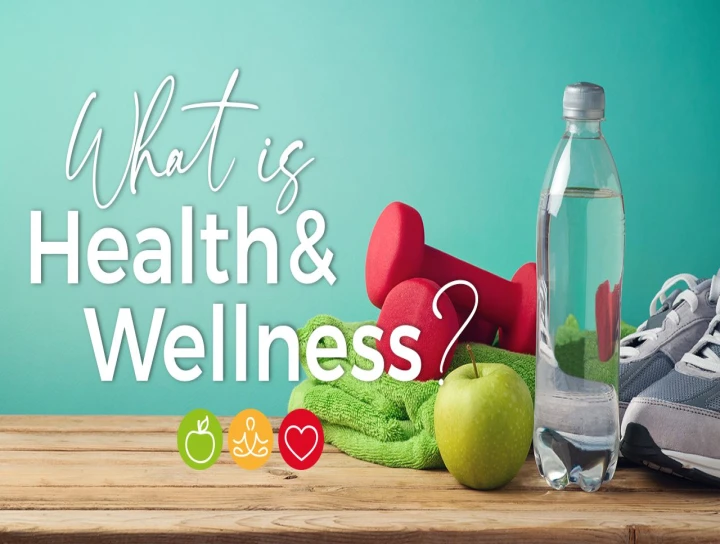
Physical Health
1. Nutrition: Eating a balanced diet rich in fruits, vegetables, whole grains, and lean proteins.
2. Exercise: Engaging in regular physical activity, such as cardio, strength training, and flexibility exercises.
3. Sleep: Getting adequate sleep (7-9 hours for adults) to help the body repair and recharge.
4. Hydration: Drinking enough water throughout the day to stay hydrated.
Mental Health
1. Stress Management: Practicing stress-reducing techniques, such as meditation, deep breathing, or yoga.
2. Mindfulness: Being present in the moment and focusing on thoughts, feelings, and sensations.
3. Self-Care: Engaging in activities that bring joy and relaxation, such as reading, listening to music, or spending time with loved ones.
4. Seeking Help: Reaching out to mental health professionals or support groups when needed.
Emotional Health
1. Emotional Intelligence: Recognizing, understanding, and managing emotions to achieve emotional balance.
2. Self-Awareness: Understanding personal values, strengths, and weaknesses to make informed decisions.
3. Relationships: Building and maintaining healthy relationships with family, friends, and community.
4. Resilience: Developing coping skills and learning from experiences to bounce back from adversity.
Preventative Care
1. Regular Check-Ups: Scheduling regular health check-ups to monitor health and catch potential issues early.
2. Vaccinations: Staying up-to-date on recommended vaccinations to prevent illnesses.
3. Screenings: Participating in health screenings, such as mammograms or colonoscopies, to detect health issues early.
4. Healthy Habits: Practicing healthy habits, such as not smoking, limiting alcohol consumption, and avoiding excessive sun exposure.
Workplace Wellness
1. Ergonomics: Creating a comfortable and safe work environment to reduce the risk of injury.
2. Work-Life Balance: Maintaining a healthy balance between work and personal life to reduce stress and increase productivity.
3. Employee Wellness Programs: Participating in employer-offered wellness programs, such as fitness classes or mental health resources.
4. Mental Health Support: Accessing mental health support and resources, such as employee assistance programs (EAPs).
Environmental Wellness
1. Air Quality: Maintaining good indoor air quality by reducing pollution and increasing ventilation.
2. Water Quality: Accessing clean and safe drinking water.
3. Food Safety: Handling and preparing food safely to reduce the risk of foodborne illness.
4. Waste Management: Practicing sustainable waste management techniques, such as recycling and composting.
Financial Wellness
1. Budgeting: Creating and sticking to a budget to manage finances effectively.
2. Saving: Building an emergency fund and saving for long-term goals, such as retirement.
3. Investing: Investing in a diversified portfolio to grow wealth over time.
4. Debt Management: Managing debt effectively by paying off high-interest loans and credit cards.
Social Wellness
1. Social Connections: Building and maintaining strong social connections with family, friends, and community.
2. Community Involvement: Participating in community activities and volunteering to give back.
3. Cultural Competence: Embracing and respecting diversity, promoting inclusivity and equity.
4. Social Support: Accessing social support networks, such as support groups or counseling.
Spiritual Wellness
1. Mindfulness: Practicing mindfulness techniques, such as meditation or deep breathing.
2. Self-Reflection: Engaging in self-reflection to understand personal values, beliefs, and purpose.
3. Spiritual Practice: Participating in spiritual practices, such as prayer, yoga, or tai chi.
4. Connection to Nature: Spending time in nature to promote a sense of connection and well-being.
By focusing on these aspects of health and wellness, individuals can cultivate a balanced and fulfilling life.


No Any Replies to “health and wellness”
Leave a Reply